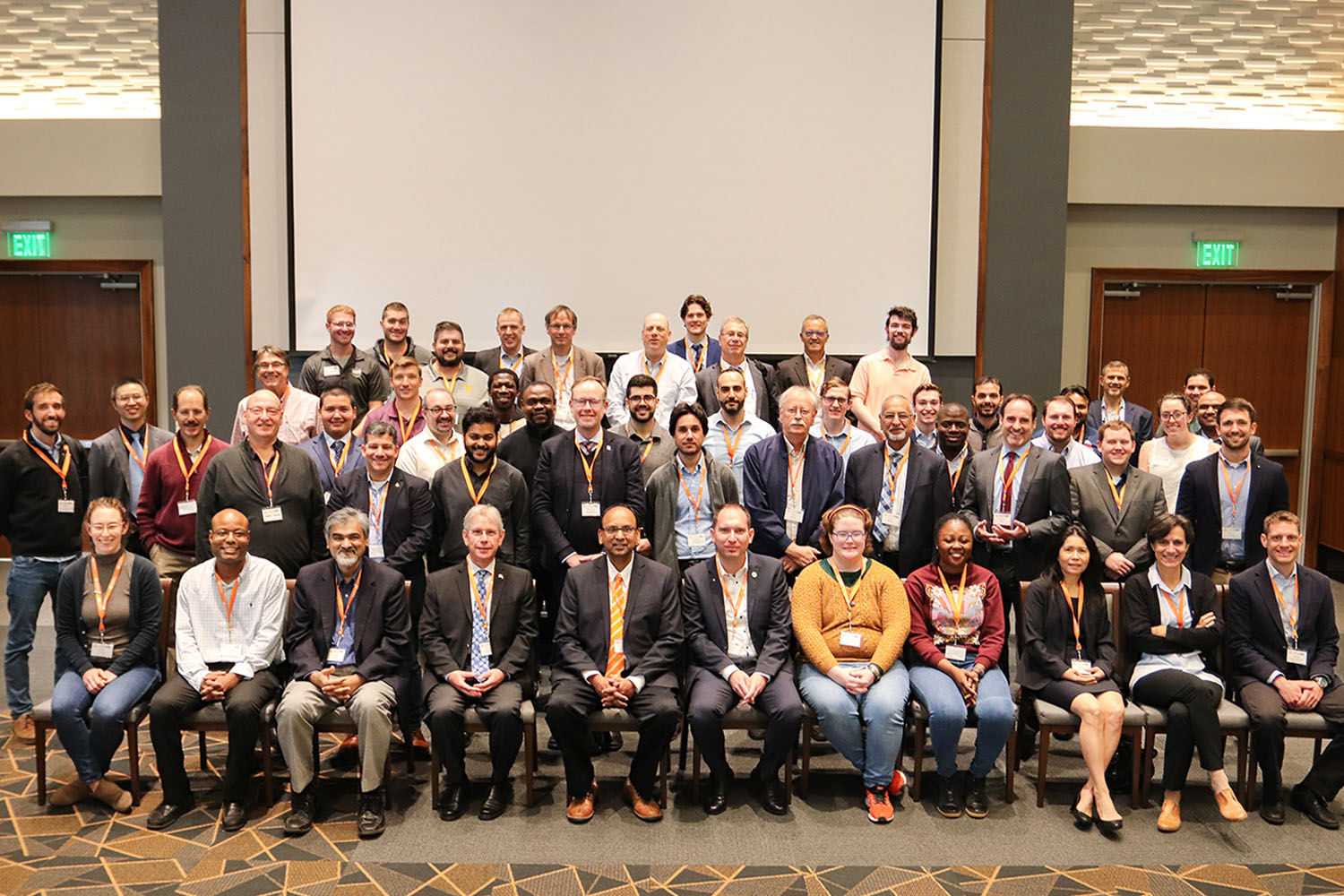Next Generation
Materials
Creating customizable 2D functional materials for superior superconductors, magnets, and quantum computers; developing new scintillators to improve medical imaging, homeland security, and nuclear non-proliferation; and engineering materials for extreme environments like nuclear reactors, hypersonic flight, and outer space spanning.
The college is a hotspot in the development of customizable, non 3-dimensional materials to serve specific, precisely designed functions.
Such materials are revolutionizing modern life by advancing the abilities and function of fields including electronics, medicine, national security, and the production, movement, and storage of energy.
The wide-ranging impact of these materials can be seen by looking at the diverse array of entities that have sponsored research at the college, including aerospace giants like Boeing and NASA, leading medical companies such as Siemens, and the US Departments of Defense, Homeland Security, and Energy.
Involved Faculty
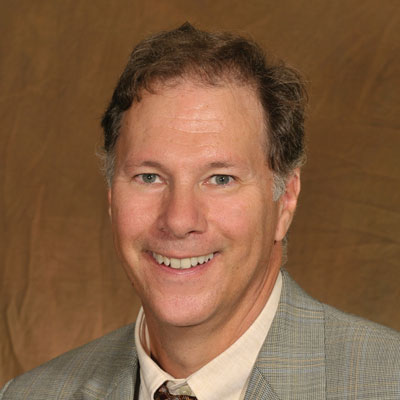
David Mandrus
Jerry and Kay Henry Endowed Professor
Quantum Materials
Growth, discovery, and materials physics of new electronic and magnetic materials; superconductors, thermoelectrics, multiferroics, and itinerant magnets; oxide electronics; design and discovery of new quantum materials; advanced characterization of materials; neutron scattering and nanoelectronics; “single-layer” magnetic materials; chiral magnets.

Charles Melcher
Research Professor & Director-Scintillation Materials Research Center
Nuclear Non-proliferation or Scintillators
Discovery and development of new scintillation materials; characterization of new luminescent materials via optical and x-ray spectroscopy; implementation of emerging scintillator technology; single crystal growth and powder synthesis of novel scintillation materials.
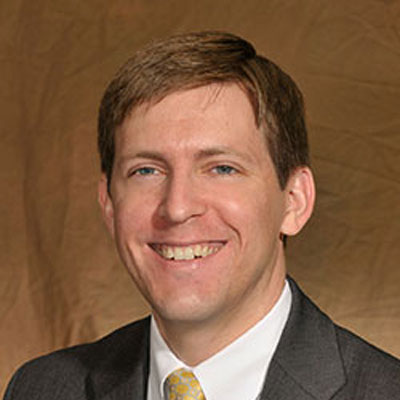
Jason Hayward
UCOR Fellow
Nuclear Non-proliferation or Scintillators
Radiation instrumentation; nonproliferation technologies; radiation imaging; mobile sensing of radiations from radiological and nuclear threats during search operations; scanning containers for shielded nuclear materials; cargo clearing, detection, and detailed characterization; ultrahigh resolution imaging.
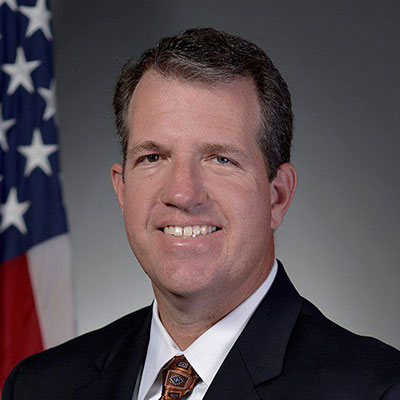
John Schmisseur
H. H. Arnold Chair
Hypersonics
Hypersonic flight, including the materials used and overcoming current challenges to obtaining it, shock-boundary layer interactions; advanced laser and optical diagnostics; supersonic jet noise; high-speed boundary layer dynamics; computational fluid dynamics; inlet unstart dynamics; computational and experimental aspects of high-speed aerothermodynamics; aerodynamic heating.
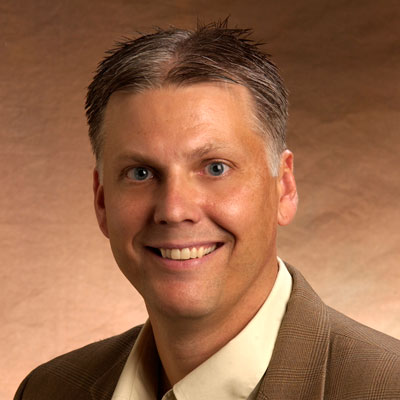
Brian Wirth
UT-ORNL Governor’s Chair
Materials for Extreme Environments
Computational modeling and measurements of radiation effects in materials; molecular dynamics simulation; nano-materials; nuclear fuel performance modeling; development of fusion technology and concepts.
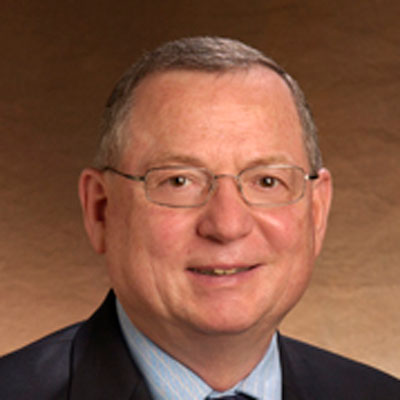
William Weber
Professor
Materials for Extreme Environments
Theory and modeling of radiation-solid interactions; evolution of radiation effects in materials; ion-beam and electron-beam modification of materials; defects and defect-property relationships in ceramics; long-term performance of nuclear materials; materials physics of radiation detectors.
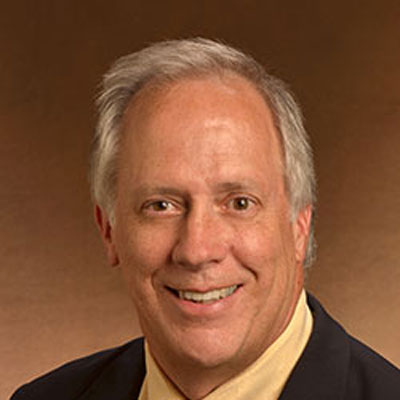
Steve Zinkle
UT-ORNL Governor’s Chair
Materials for Extreme Environments
Physical metallurgy of structural materials; ion and neutron irradiation effects on the microstructure, physical, and mechanical properties of metals and ceramics; fusion and fission reactor materials; deformation and fracture mechanisms.
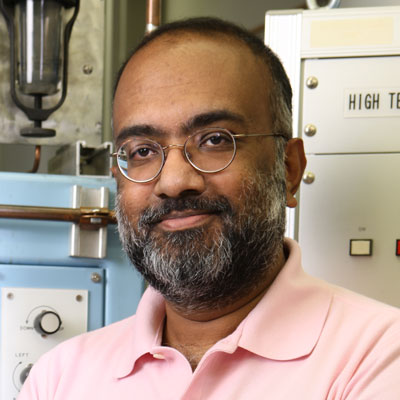
Easo George
UT-ORNL Governor’s Chair
Materials for Extreme Environments
Physical metallurgy of materials; mechanical behavior of materials; high-entropy alloys; small-scale mechanical behavior of crystalline and amorphous materials; refractory and precious metals for space power applications; mechanical behavior at extremes of temperature and strain rate; environmental effects on microstructure and mechanical properties.
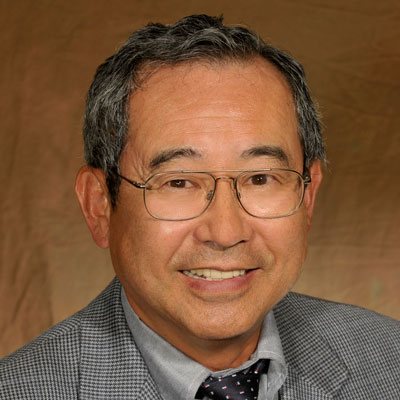
Takeshi Egami
UT-ORNL Distinguished Scientist
Materials for Extreme Environments
Neutron scattering; X-ray scattering; high-temperature superconductivity; structure and dynamics of liquids and glasses; superconducting oxides and chalcogenides; electronic oxides including superconducting cuprates; metallic glasses; theory of liquids and glasses.
Recent News
UT Plays Host to Sandwich Structure Conference
UT has welcomed more than 75 participants from around the world for the 13th International Conference on Sandwich Structures.
UT Partners in Advanced Composites Research through NSF Program
“Through this grant, we will be able to strengthen industry partnerships that advance groundbreaking research and development in advanced composites,” said Uday Vaidya, UT–Oak Ridge National Laboratory Governor’s Chair for Advanced Composites Manufacturing and UT’s lead on the project.
UT, UK to Spearhead $50 Million Advanced Manufacturing Project for Army
The University of Tennessee, Knoxville, the University of Kentucky, and the US Army are partnering on a new advanced manufacturing project.
